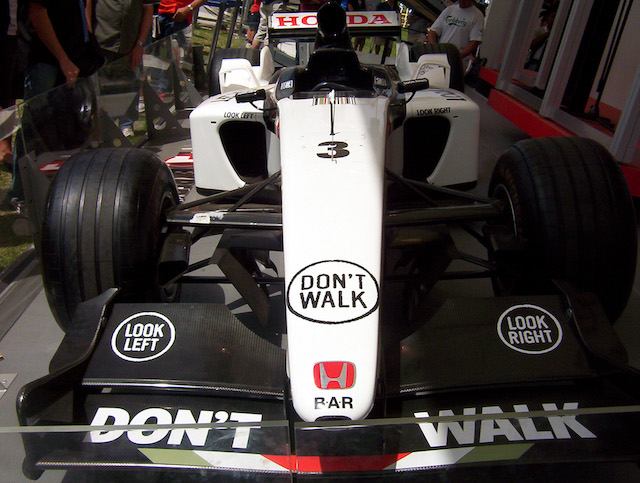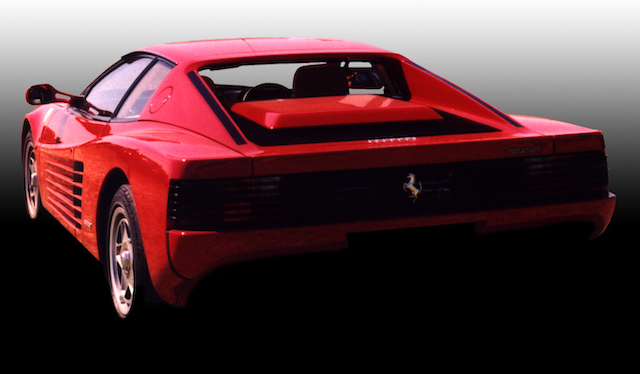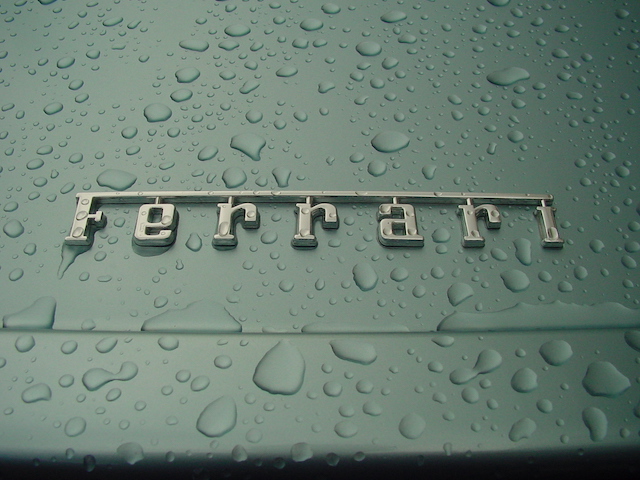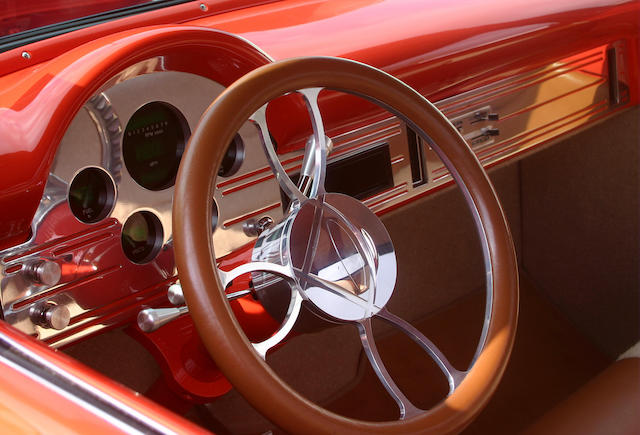Ferrari Formula 1 Car Used For Rally
Ferrari is the most recognised name in Formula 1. The Ferrari Formula 1 car represents the epitome of racing technology and engineering excellence. For decades, Ferrari has developed cars that push the boundaries of speed, performance, and precision. Every year, the team refines its F1 car to meet the changing demands of the sport and compete at the highest level.
The evolution of Ferrari F1 cars
Ferrari Formula 1 car has undergone continuous development since the team’s first participation in the sport. Over the years, technological advancements have transformed the cars. The early Ferrari F1 cars were relatively simple, but advancements in aerodynamics, materials, and powertrains have dramatically changed their design. The focus has shifted toward achieving higher speeds, better fuel efficiency, and superior handling in all track conditions.
Each Ferrari Formula 1 car incorporates feedback from previous seasons, allowing the team to improve performance. Ferrari’s engineers continuously analyze data to enhance aerodynamics, engine efficiency, and suspension systems. This relentless pursuit of improvement has allowed Ferrari to remain competitive for many years, earning numerous world titles.
The heart of the Ferrari Formula 1 car: The engine
The engine is the most significant component of the Ferrari Formula 1 car. Ferrari’s power units are renowned for their power, performance, and reliability. In the past, Ferrari F1 cars used V8 and V10 engines, but the team has adapted to changing regulations and now uses a hybrid V6 turbocharged engine.
The hybrid system combines an internal combustion engine with electrical motors, improving both power and fuel efficiency. The V6 turbocharged engine provides the car with exceptional acceleration and top speeds while maintaining better fuel efficiency. Ferrari’s hybrid technology helps recover energy during braking, which is stored and used to provide extra power when needed.
Aerodynamics
Aerodynamics is one of the key elements that determine the performance of a Ferrari Formula 1 car. The design of the car’s bodywork is crucial for minimizing drag and maximizing downforce. Ferrari’s F1 cars incorporate cutting-edge aerodynamic features like front and rear wings, sidepods, and bargeboards to ensure stability at high speeds.
Downforce is generated by the car’s design, pushing the tires onto the track for improved grip. This allows the Ferrari F1 car to maintain stability during high-speed corners, which is essential for lap time reduction. The balance between downforce and drag is critical, and Ferrari has consistently perfected this aspect of their car’s design.
Chassis and suspension
The chassis of a Ferrari Formula 1 car provides the structural foundation for all components. Ferrari uses lightweight yet durable materials such as carbon fiber to build the chassis. These materials are selected for their high strength-to-weight ratio, which allows Ferrari to create a car that is both fast and safe.
Suspension systems are finely tuned to ensure optimal handling. Ferrari’s F1 cars are equipped with a suspension setup that provides excellent balance between comfort and performance. The suspension helps absorb track bumps while maintaining the car’s stability during high-speed manoeuvres.
Maximising performance and grip
Tire management is the most critical aspect of Formula 1 racing. Ferrari works closely with tire manufacturers like Pirelli to optimize the tire compound for each race. The Ferrari Formula 1 car’s tire system is designed to maximize grip and performance while minimizing wear.
F1 tires are unique in that they must perform under extreme conditions. Ferrari’s engineers analyze track conditions and adapt the car’s setup to ensure the best possible tire performance. This includes adjusting tire pressure, temperature, and alignment to achieve optimal grip throughout the race.
Driver in Ferrari F1 cars
The driver is an integral part of the Ferrari Formula 1 car’s performance. Each car is finely tuned to suit the driver’s preferences, including adjustments to seat position, steering sensitivity, and suspension settings. Ferrari works closely with its drivers to make sure they feel confident and comfortable behind the wheel.
The driver’s feedback is invaluable in shaping the car’s setup. Drivers often provide real-time feedback during races to help engineers make quick adjustments. The synergy between the driver and the Ferrari F1 car is critical for maximising performance on the track.
Race strategy
Race strategy plays a vital role in the success of a Ferrari Formula 1 car during a Grand Prix. Pit stops are a crucial part of Formula 1 racing, where tire changes, adjustments, and repairs occur. Ferrari’s pit crew works with precision, executing lightning-fast tire changes to minimize the time spent in the pit lane.
In addition to tire changes, Ferrari’s engineers make real-time adjustments to the car’s performance during the race. They may alter the car’s engine settings, brake balance, or aerodynamics based on the evolving track conditions. These adjustments can give Ferrari’s drivers the edge needed to secure a competitive position.
Hybrid technology and sustainability
Hybrid power units are now an essential feature of Ferrari’s Formula 1 cars. These engines combine traditional gasoline power with electrical energy recovery systems. The hybrid system allows Ferrari to optimize fuel efficiency and energy use while maintaining maximum power output.
The hybrid technology not only boosts performance but also aligns with Formula 1’s commitment to sustainability. The use of electrical motors helps reduce fuel consumption and lower emissions. Ferrari continues to innovate in this area, ensuring that its F1 cars remain at the forefront of green racing technology.
Safety features
Safety is a top priority in the design of Ferrari Formula 1 cars. With the high speeds and extreme G-forces experienced during a race, Ferrari ensures that every car is equipped with advanced safety features. The car’s monocoque chassis, made from carbon fiber, is designed to absorb impact and protect the driver in case of a crash.
Ferrari’s F1 cars also include modern safety elements such as the Halo device. This protective structure surrounds the driver’s head and provides additional protection in the event of an accident. The car’s seat belts, fire-resistant suits, and crash testing protocols further enhance safety during racing events.
Continuous innovation
Ferrari’s commitment to innovation drives the ongoing development of its Formula 1 car. Each season, the team introduces new components, technological advancements, and performance-enhancing features. Ferrari uses extensive testing, data analysis, and simulations to refine every aspect of their car.
The development process begins with the design of the car, followed by extensive testing in wind tunnels and on track. Ferrari’s engineers collect data from testing sessions to fine-tune aerodynamics, engine performance, and handling characteristics. With every new season, Ferrari aims to refine its Formula 1 car to stay ahead of the competition.
Team synergy
The Ferrari Formula 1 car is not just about cutting-edge technology but also about the teamwork and collaboration within the team. The synergy between drivers, engineers, and mechanics is crucial for success in Formula 1. Ferrari’s F1 team works closely together, combining individual expertise to create the fastest and most reliable car on the grid.
Ferrari’s team works seamlessly during each race, from car setup to strategy execution. The close relationship between drivers and engineers helps the team adapt quickly to changing conditions and maximise the car’s potential during the race.
Symbol of racing excellence
Ferrari’s Formula 1 car represents much more than just a racing machine. It is a symbol of Ferrari’s legacy, commitment to excellence, and passion for motorsport. The car’s design and performance reflect decades of engineering expertise and dedication to the sport.
The iconic red Ferrari Formula 1 car has become synonymous with success in motorsport. Fans around the world admire the team’s pursuit of speed, innovation, and victory. Ferrari’s continued success in Formula 1 ensures that its cars remain at the forefront of the racing world.
Future of Ferrari F1 cars
As technology advances, Ferrari’s Formula 1 cars will continue to evolve. New materials, hybrid powertrains, and innovative aerodynamics will shape the cars of the future. Ferrari’s unwavering commitment to innovation ensures that its F1 cars remain competitive in an ever-changing landscape.
The future of Ferrari Formula 1 cars has lots of promise. With each new generation, Ferrari pushes the boundaries of what is possible in motorsport. The legacy of Ferrari F1 cars will continue, with each new car further cementing Ferrari’s place as one of the most successful teams in Formula 1 history.
Legacy of speed and excellence
Ferrari Formula 1 cars stand as a testament to the team’s dedication to engineering, performance, and success. Each car is a product of years of innovation and refinement, built to excel in the most demanding environments. The Ferrari F1 car embodies the spirit of racing, capturing the passion and pursuit of perfection that defines Ferrari. As the sport continues to evolve, Ferrari remains committed to producing world-class F1 cars that set the standard for excellence in motorsport.
Expose your brand at the East African Safari Classic Rally05 – 13 December 2025
|






